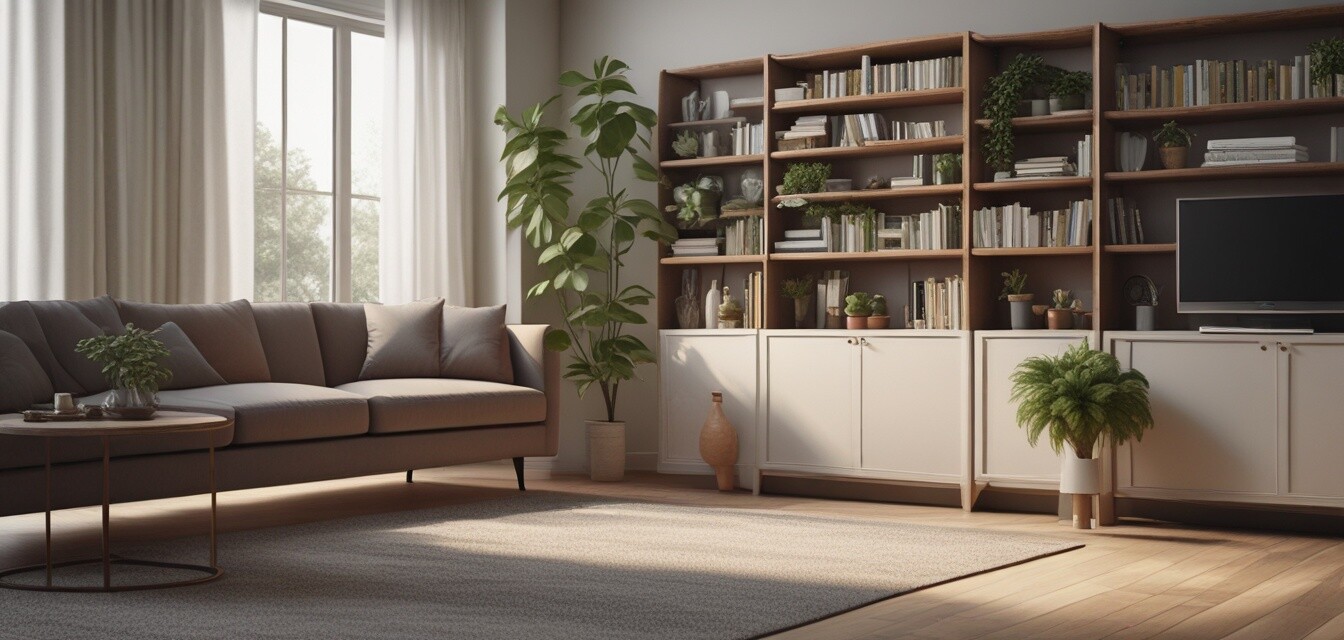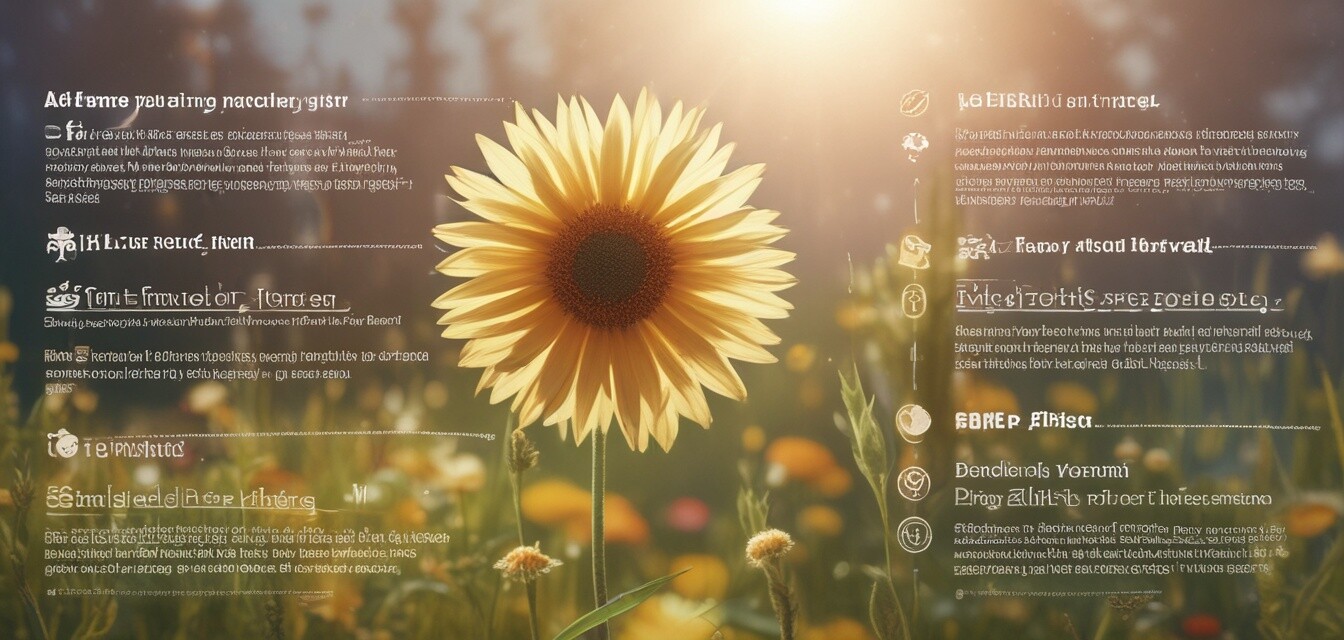
Children's Allergy Management
As a parent, managing and treating allergies in children can be overwhelming. However, with the right strategies and tools, you can help your little ones navigate the challenges of seasonal allergies and ensure they lead happy, healthy lives.
Key Takeaways:
- Identify common allergy symptoms in children and act promptly.
- Understand the importance of air purifiers, HEPA filters, and nasal care in reducing allergy exposure.
- Explore different allergy-proof bedding options for your child's comfort.
- Learn how to create a comprehensive allergy treatment plan with your pediatrician.
Understanding Seasonal Allergies in Children
Seasonal allergies, also known as allergic rhinitis, occur when the immune system overreacts to airborne particles like pollen, dust mites, and mold spores. In children, these allergies can cause a variety of symptoms, such as:
| Symptoms | Description |
|---|---|
| Nasal Congestion | Stuffy nose, difficulty breathing |
| Sneezing | Frequent sneezing, especially during peak pollen seasons |
| Itchy Eyes | Red, itchy, and watery eyes |
| Coughing | Dry, hacking cough, especially at night |
Effective Strategies for Managing Childhood Allergies
To reduce your child's exposure to allergens, consider the following strategies:

Air purifiers can significantly reduce airborne particles, making it easier for your child to breathe. Look for air purifiers with HEPA filter, which can capture 99.97% of particles as small as 0.3 microns.
HEPA filters can be used in air purifiers, vacuum cleaners, and HVAC systems to remove allergens from the air.
Nasal and Sinus Care
Nasal and sinus care products can help alleviate congestion and sinus pressure in children. Consider using saline nasal sprays or drops, and humidifiers to add moisture to the nasal passages.

Creating an Allergy-Friendly Environment
In addition to reducing airborne allergens, it's essential to create an allergy-friendly environment in your home. This can include:
- Using allergy-proof bedding to prevent dust mites and other allergens from bedding.
- Encouraging your child to wash their hands frequently, especially after playing outdoors.
- Removing carpets and rugs, which can trap allergens, and replacing them with hardwood or tile flooring.
Benefits of Early Intervention
- Reduced symptoms and improved quality of life for your child.
- Less reliance on over-the-counter medications.
- Improved sleep quality and reduced fatigue.
Challenges of Managing Childhood Allergies
- Difficulty identifying and diagnosing allergies.
- Managing multiple allergy symptoms and medications.
- Impact on daily life, including social and emotional well-being.
Conclusion
Managing and treating allergies in children requires a comprehensive approach that involves identifying symptoms, reducing exposure to allergens, and creating an allergy-friendly home. By working with your pediatrician and incorporating the right strategies and tools, you can help your child navigate the challenges of seasonal allergies and thrive.








